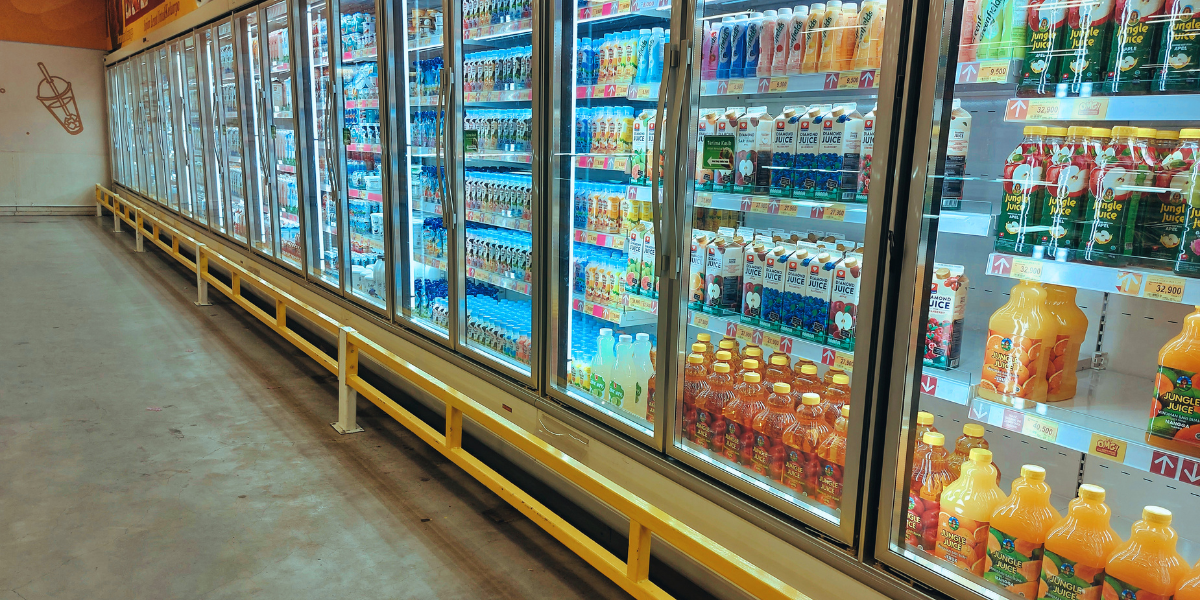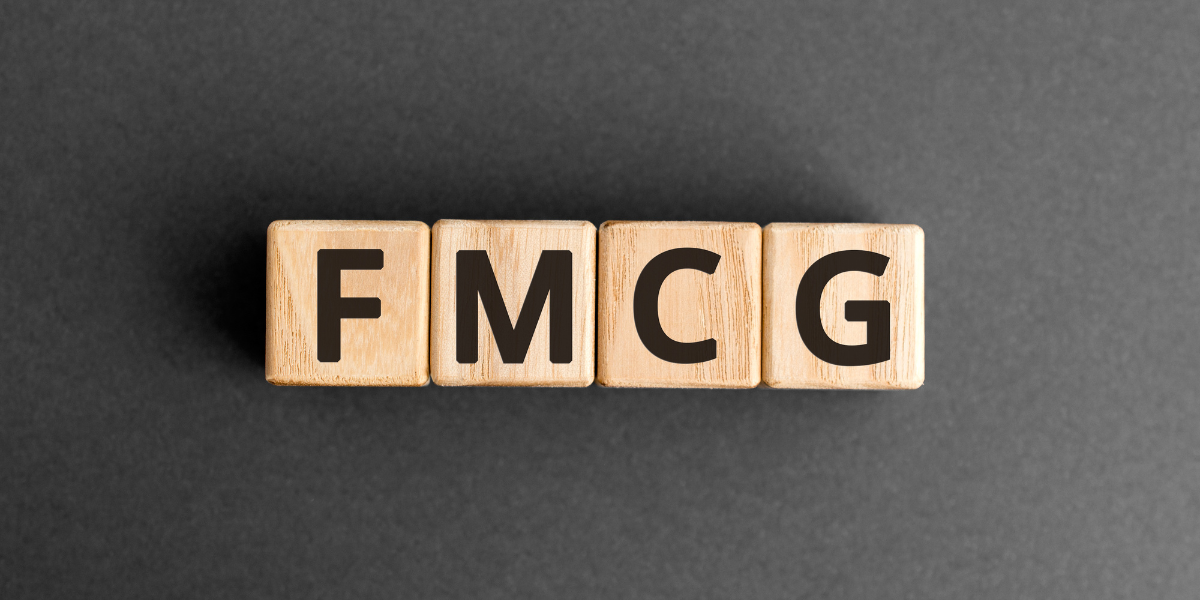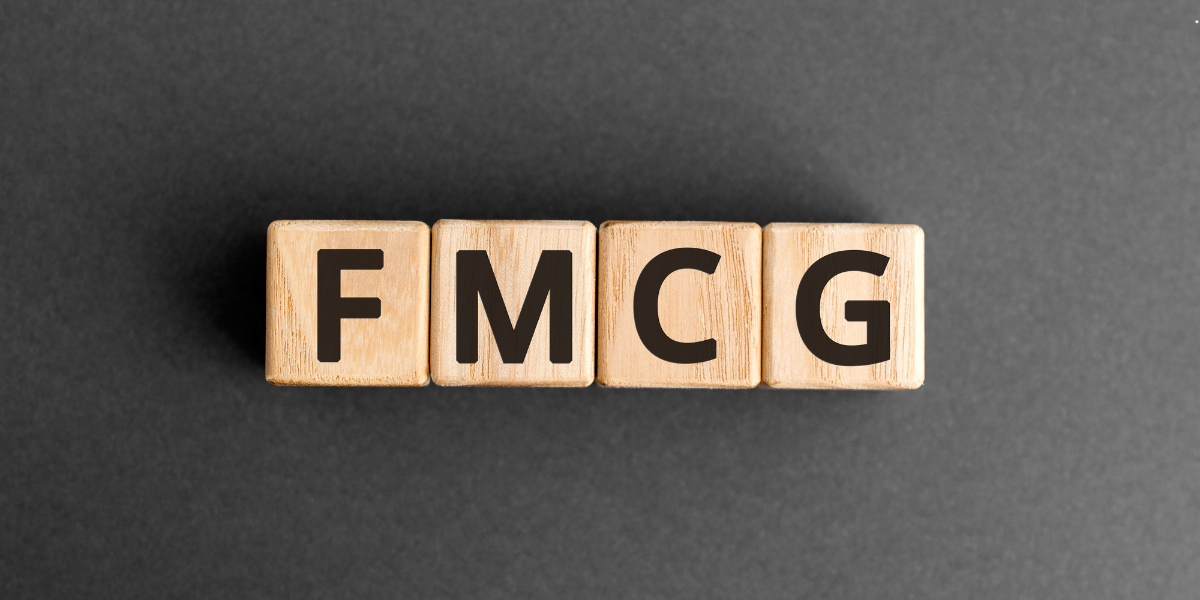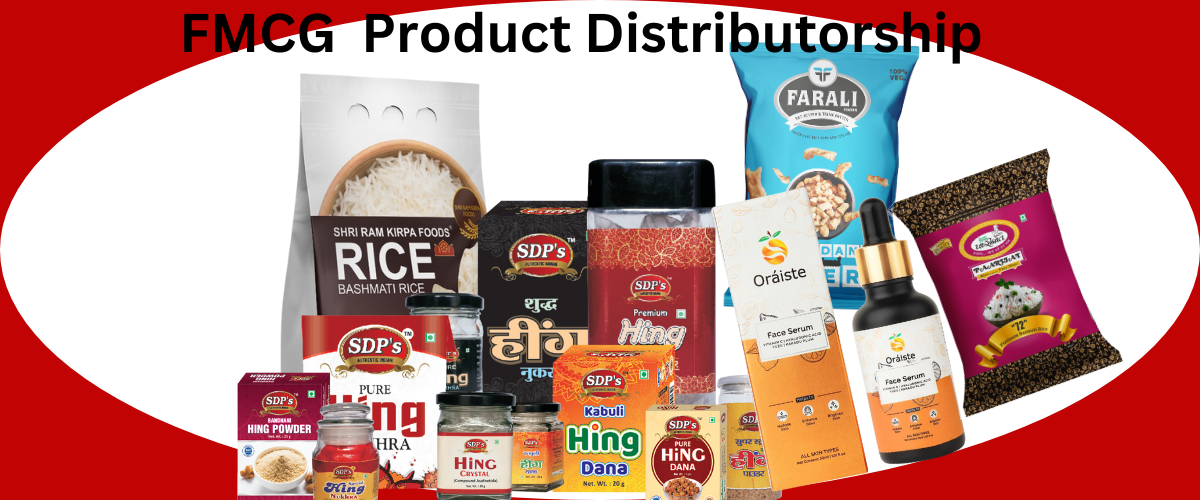The Fast-Moving Consumer Goods (FMCG) sector is a crucial part of the global economy, encompassing products that are sold quickly and at relatively low cost. Examples include everyday items like groceries, toiletries, and beverages. The FMCG products marketplace is characterized by high consumer demand, fast turnover, and wide distribution networks. Understanding this market requires delving into its components, distribution strategies, and the impact of digital transformation.
Understanding the FMCG Sector
FMCG products are essential goods that are consumed frequently and have a short shelf life. This sector includes categories such as:
- Food and Beverages: This includes snacks, soft drinks, dairy products, and other perishable items.
- Personal Care: Products like toothpaste, shampoo, and soap fall into this category.
- Household Care: Items such as detergents, cleaning supplies, and other household essentials.
- Over-the-counter medicines: Common medications and health supplements are also part of this sector.
Key Characteristics of FMCG Products
- High Volume Sales: FMCG products are sold in large quantities due to their essential nature and frequent consumption.
- Low Margin, High Volume: These products often have a low profit margin but generate significant revenue due to high sales volume.
- Brand Loyalty: Consumers often develop strong brand preferences for FMCG products, leading to repeat purchases.
- Wide Distribution Networks: FMCG products need to be readily available to consumers, requiring extensive distribution networks.
The Role of Distribution in the FMCG Marketplace
Distribution is a critical component of the FMCG marketplace. It involves the process of getting products from manufacturers to consumers efficiently and cost-effectively. Key distribution channels include:
- Retail Stores: Supermarkets, hypermarkets, convenience stores, and local shops are traditional channels where FMCG products are sold.
- Online Marketplaces: With the rise of e-commerce, online platforms like Amazon, Walmart, and specialty websites have become significant players in the distribution of FMCG products.
- Direct to Consumer (D2C): Some brands opt to sell directly to consumers through their own websites, bypassing traditional retail channels.
- Wholesale Distributors: These intermediaries purchase products in bulk from manufacturers and sell them to retailers, ensuring wide availability.
Challenges in FMCG Distribution
Effective distribution in the FMCG sector faces several challenges:
- Supply Chain Management: Ensuring a smooth and efficient supply chain is crucial. Any disruption can lead to stockouts or excess inventory.
- Logistics and Transportation: Timely and cost-effective transportation is vital to maintain the freshness and availability of products.
- Inventory Management: Balancing inventory levels to meet consumer demand without overstocking is a constant challenge.
- Market Competition: The FMCG marketplace is highly competitive, with numerous brands vying for shelf space and consumer attention.
Digital Transformation in the FMCG Marketplace
The digital age has brought significant changes to the FMCG marketplace, particularly in distribution and consumer engagement. Key aspects of this transformation include:
- E-Commerce Growth: Online shopping has revolutionized how FMCG products are sold and distributed. Consumers can now purchase their favorite brands with just a few clicks.
- Data Analytics: Companies use data analytics to understand consumer behavior, predict trends, and optimize their supply chains.
- Omnichannel Strategy: Brands are adopting omnichannel strategies to provide a seamless shopping experience across physical and digital platforms.
- Digital Marketing: Social media, email marketing, and influencer collaborations have become essential tools for promoting FMCG products and engaging with consumers.
The Impact of E-Commerce on FMCG Distribution
E-commerce has reshaped the FMCG distribution landscape in several ways:
- Expanded Reach: Online platforms allow FMCG brands to reach a wider audience, including consumers in remote areas.
- Convenience: Consumers enjoy the convenience of shopping from home, with products delivered directly to their doorstep.
- Personalization: E-commerce platforms can offer personalized recommendations based on consumer browsing and purchase history.
- Direct Feedback: Online reviews and ratings provide valuable feedback to brands, helping them improve their products and services.
Sustainability and FMCG Distribution
Sustainability has become a critical concern in the FMCG sector. Consumers are increasingly aware of environmental issues and prefer brands that prioritize sustainable practices. Key areas of focus include:
- Eco-Friendly Packaging: Brands are adopting biodegradable and recyclable packaging to reduce their environmental footprint.
- Efficient Logistics: Optimizing transportation routes and using eco-friendly vehicles can significantly reduce carbon emissions.
- Waste Reduction: Implementing strategies to minimize waste in production and distribution processes.
- Sustainable Sourcing: Ensuring that raw materials are sourced sustainably and ethically.
Future Trends in the FMCG Marketplace
The FMCG sector continues to evolve, driven by technological advancements and changing consumer preferences. Future trends to watch include:
- Artificial Intelligence (AI): AI is being used to enhance supply chain management, predict consumer demand, and personalize marketing efforts.
- Blockchain Technology: Blockchain can improve transparency and traceability in the supply chain, ensuring product authenticity and reducing fraud.
- Health and Wellness: There is a growing demand for health-conscious and organic FMCG products as consumers become more health-aware.
- Local Sourcing: Increasing preference for locally sourced products supports local economies and reduces the carbon footprint associated with long-distance transportation.
Conclusion
The FMCG products marketplace is a dynamic and fast-paced sector, integral to everyday life. Effective distribution is crucial for ensuring that products reach consumers quickly and efficiently. The rise of digital technologies has transformed the way FMCG products are marketed and distributed, offering new opportunities and challenges. As the sector continues to evolve, sustainability and technological innovation will play key roles in shaping its future. Brands that can adapt to these changes and meet consumer demands will thrive in this competitive marketplace.






